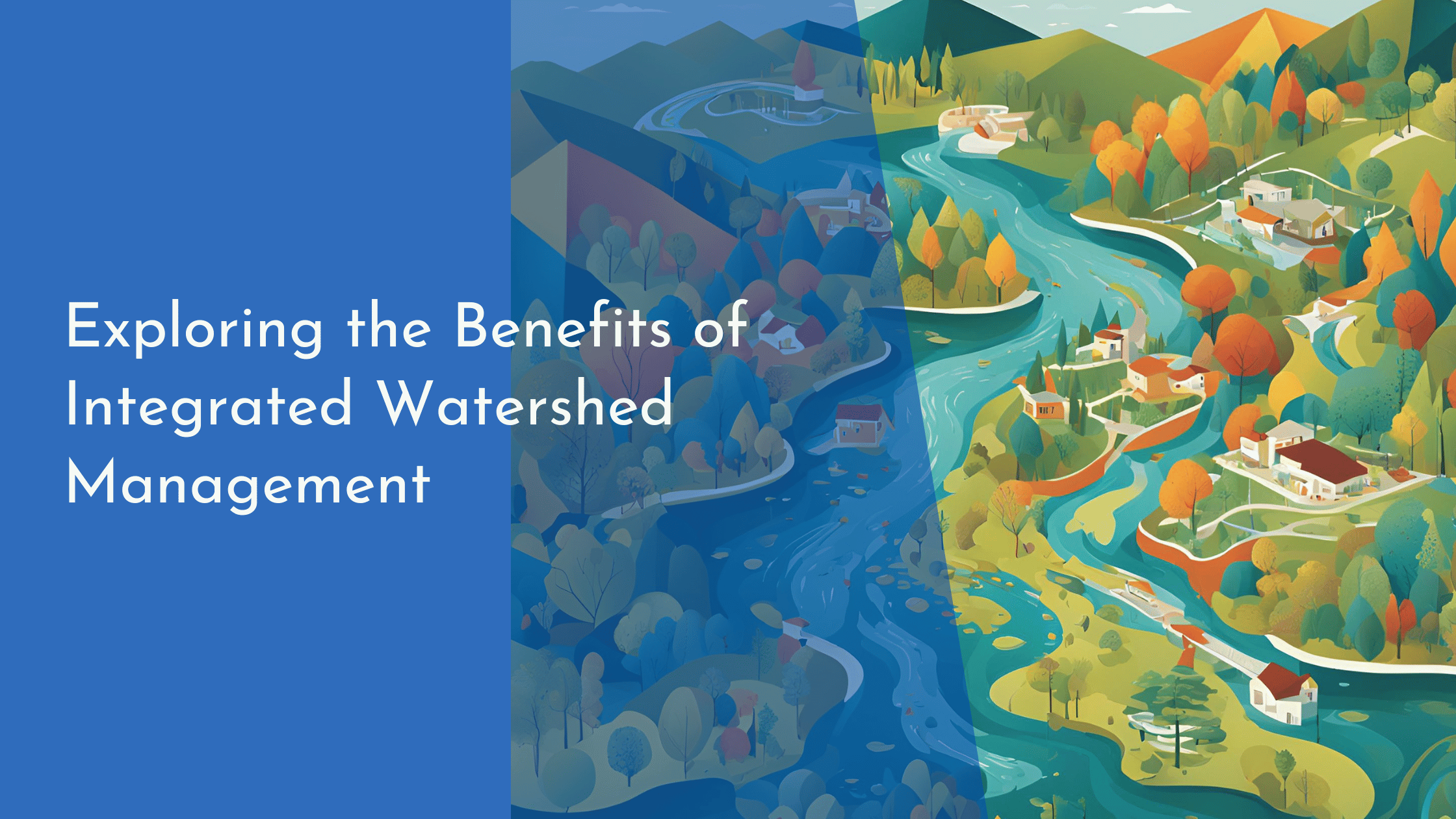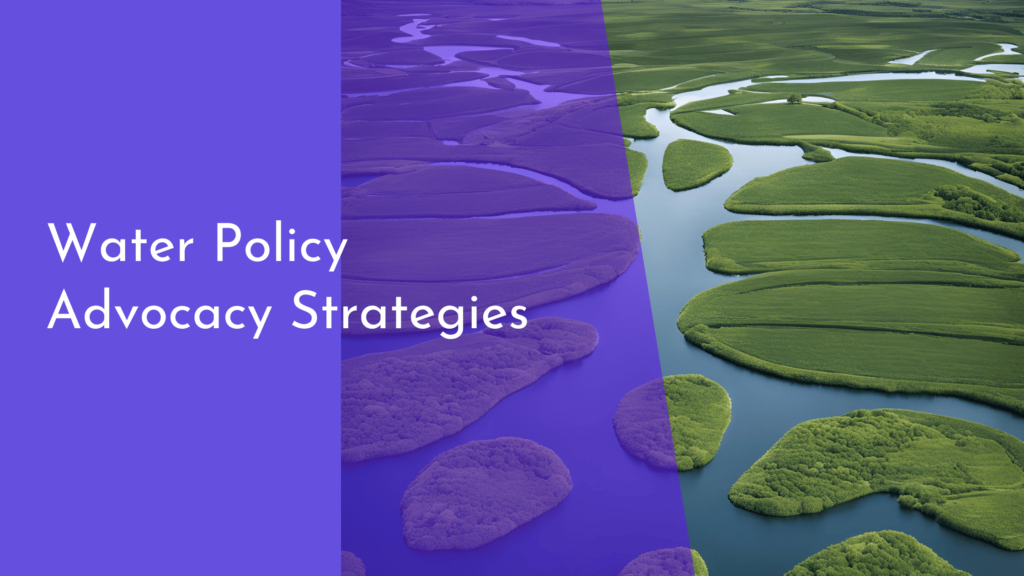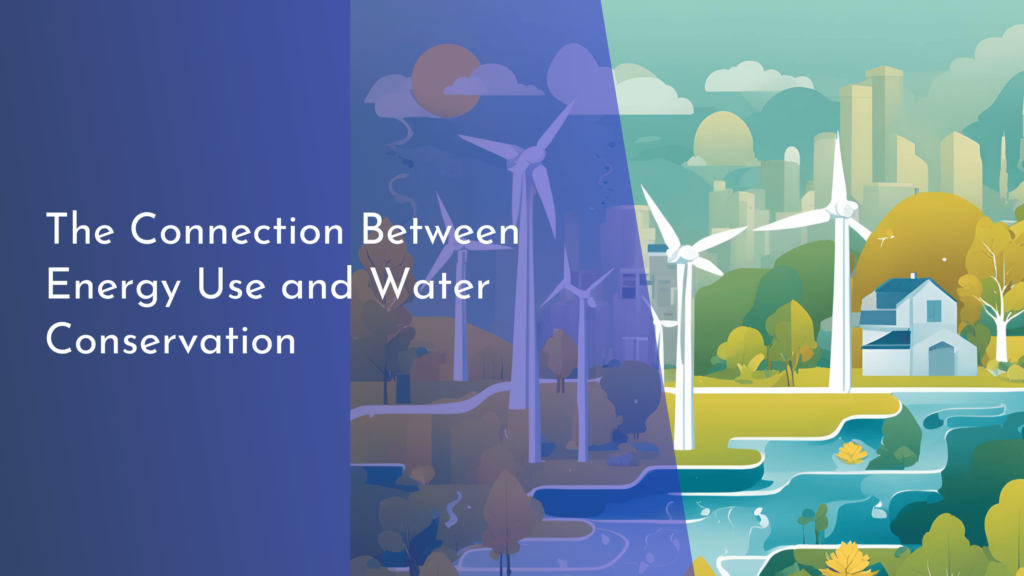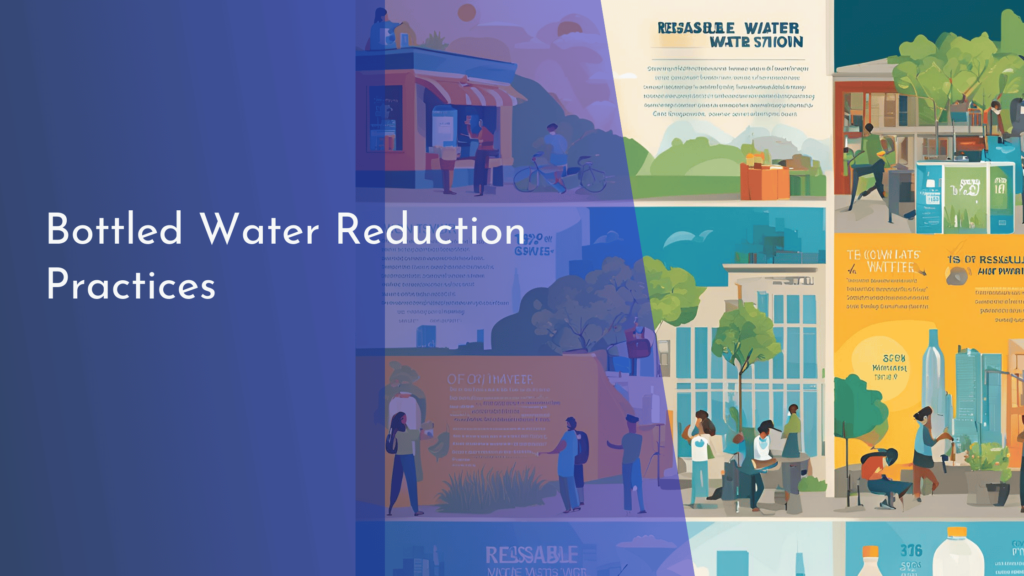Exploring the Benefits of Integrated Watershed Management
Integrated Watershed Management (IWM) is a holistic approach aimed at sustaining and restoring the natural resources within a watershed. It considers the interconnections between land, water, and communities, focusing on sustainable practices that enhance ecosystem services and support economic viability. As global challenges like climate change, water scarcity, and biodiversity loss become increasingly pressing, IWM offers a promising solution to manage these issues effectively. This article delves into the benefits of integrated watershed management by examining its impact on water quality, biodiversity, and community welfare.
Understanding Integrated Watershed Management
Integrated Watershed Management is a strategic process that promotes coordinated development and management of water, land, and related resources. It seeks to balance environmental, economic, and social aspects by involving all stakeholders in decision-making. The aim is to reduce conflicts, optimize resource use, and improve livelihoods within the watershed. By viewing the watershed as a single ecological unit, IWM allows for the implementation of comprehensive strategies that address various challenges such as soil erosion, deforestation, and water pollution.
The IWM approach is a departure from traditional single-sector resource management. It brings together various sectors, including agriculture, forestry, water resources, and urban planning, to work towards common goals. This multidisciplinary collaboration ensures that actions taken in one part of the watershed do not adversely affect another. Moreover, IWM emphasizes adaptive management, allowing for the adjustment of strategies based on continuous monitoring and feedback. This flexibility is crucial in responding to changing environmental conditions and societal needs.
Enhancing Water Quality and Availability
One of the primary benefits of integrated watershed management is the enhancement of water quality and availability. By implementing practices such as afforestation, soil conservation, and pollution control, IWM helps in maintaining clean and sufficient water supplies. These practices prevent contaminants from entering water bodies and help retain water in the ecosystem, ultimately supporting both human and ecological health.
Moreover, IWM facilitates the recharge of groundwater and ensures the sustainable use of surface water resources. Through techniques like rainwater harvesting, terracing, and the construction of check dams, IWM increases water retention in the landscape. This not only improves the availability of water for agricultural and domestic use but also reduces the risk of flooding and drought. By securing water resources, IWM supports food security, reduces water-related conflicts, and fosters resilience against climate change impacts.
Promoting Biodiversity and Ecosystem Health
Integrated Watershed Management plays a significant role in promoting biodiversity and maintaining ecosystem health. Healthy watersheds support diverse habitats and species, and IWM practices aim to protect these natural assets. By emphasizing conservation and sustainable land-use practices, IWM helps to preserve critical habitats, improve soil health, and enhance ecosystem connectivity, thereby supporting biodiversity.
Additionally, IWM contributes to the restoration of degraded ecosystems and the establishment of buffer zones to protect sensitive areas. Efforts such as reforestation, wetland restoration, and the protection of riparian zones increase the resilience of ecosystems to withstand environmental pressures. These actions not only benefit flora and fauna but also provide essential services such as carbon sequestration, air and water purification, and climate regulation, which are crucial for human well-being.
Community and Economic Benefits of Watershed Management
Communities residing within watersheds stand to gain significantly from integrated management practices. IWM projects often involve local communities in planning and implementation, fostering a sense of ownership and responsibility towards natural resources. This participatory approach empowers communities, builds social capital, and enhances local governance structures. As a result, communities become more resilient and capable of managing their resources sustainably.
Economically, integrated watershed management can lead to significant benefits by supporting sustainable livelihoods and reducing costs associated with environmental degradation. Improved water management, soil conservation, and sustainable agricultural practices increase productivity and income for local farmers. Moreover, healthy ecosystems provide recreational and tourism opportunities, which can be an additional source of revenue for communities. By aligning ecological health with economic prosperity, IWM can drive long-term sustainable development.
Final Thoughts
Integrated Watershed Management is more than just a method of resource management; it is a comprehensive strategy that aligns environmental sustainability with community empowerment and economic growth. By focusing on the interconnectedness of ecosystems and human activities, IWM offers a pathway to address some of the most pressing environmental challenges of our time. As we continue to confront issues such as water scarcity, biodiversity loss, and climate change, adopting IWM approaches can ensure the sustainable use of our natural resources, benefiting both people and the planet for generations to come.







